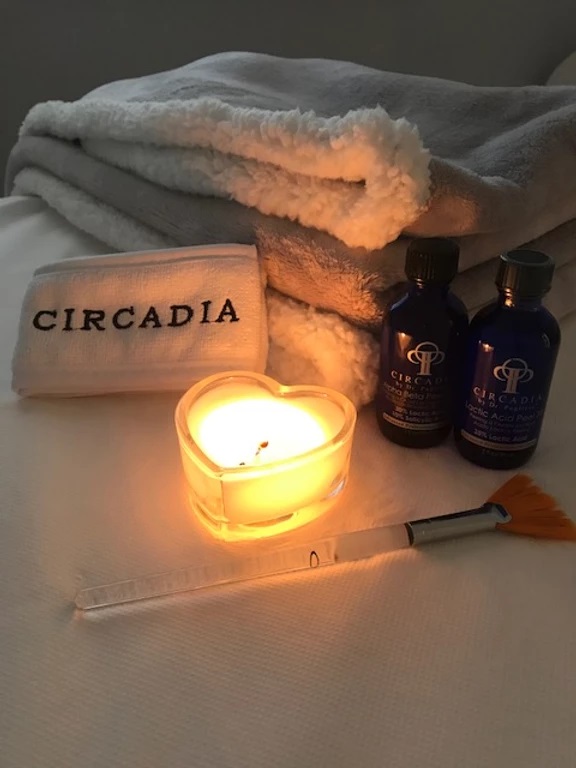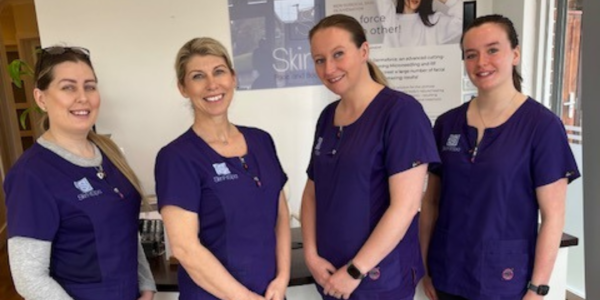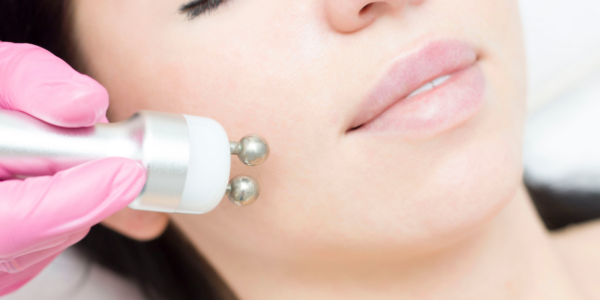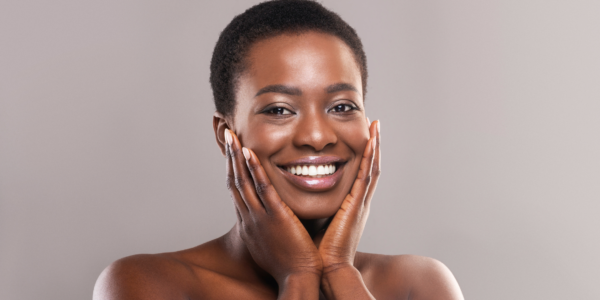
There has been much debate about using skin ‘peels’ over the last few years and still we find the average consumer is none the wiser as to how these skin treatments work and what the experience will be like. Over exaggerated after effects such as those seen on TV (Remember Samantha in Sex and the City?!…) have induced fear in those who are curious and has resulted in most clients simply dismissing the idea out of hand, however did you know that low grade skin peels are basically our better known AHA treatments using natural fruit extracts? Of course the term ‘ chemical peel’ makes us think of donning hi viz hazard suits and showing clients into the decontamination chamber prior to the treatment so I prefer not to refer to them as such initially and later on explain that skin resurfacing treatments do fall under the broad term of ‘chemical peel’.
The ‘chemical’ is usually a synthetic or naturally derived acid ingredient- and there are many to choose from;
Glycolic acid- an Alpha Hydroxy Acid derived from sugar cane (chemical formula C2 H4 O3) which has the smallest molecular structure and is used for exfoliating dry and dehydrated skin cells from the surface of the skin, also used to minimise fine lines and clear bacteria from oily areas of the skin, can feel tingly on the skin.
Lactic Acid- (latin for Milk- Lac) derived organically from milk protein and has been used by humans since prehistoric times is the gentlest of all of the acids used in skin treatments today owing to its larger molecular structure. Lactic acid gently exfoliates the surface of the skin and stimulates cell renewal, however also has a clearing effect on the pores so is my personal favourite for oily congested skins alternated with the more astringent Salicylic acid recommended for acne. I have two boys and both have suffered with acne, I have treated both with occasional salicylic treatments but daily with lactic acid and we have kept the condition well under control in both cases. (always seek advice for any form of acne as this is a condition controlled by the body – not us!) can feel slightly tingly on the skin or no sensation.
Mandelic acid- another AHA and derived from bitter almonds and is very gentle indeed again can be used for a multitude of skin conditions but it is commonly found in skin treatments for ‘brightening’ pigmented skin- this is owing to is less stimulating exfoliating effects and therefore reduces the risk of hyper-pigmenting the skin later on. Generally no sensation
Salicylic Acid- derived from willow bark and wintergreen leaves (salix for those gardeners!) Did you know Aloe Vera contains salicylic acids?… This wonderfully useful acid is commercially used to control oily skin conditions prone to acne owing to its anti bacterial and fungicidal properties, however can be drying so the skin must be monitored closely for over use (dry patches). This acid is popular in some commercial acne skin brands in very low dosages but beware the over use issue. used as a skin peel for oily skin in up to 30% concentrate and can have heat sensation on the skin so cooling is required during treatment.
These are only four of the many acids we use and they can be found in very small quantities in skin care products but slightly higher percentages to make skin peels or ‘chemical peels’ where the therapist, nurse or doctor will regulate the dosage and use to obtain the best results for the skin.
Very safe, Very effective, excellent for skin health and for transforming the visible appearance of the skin. Think face scrub, but more than that- beautiful!





